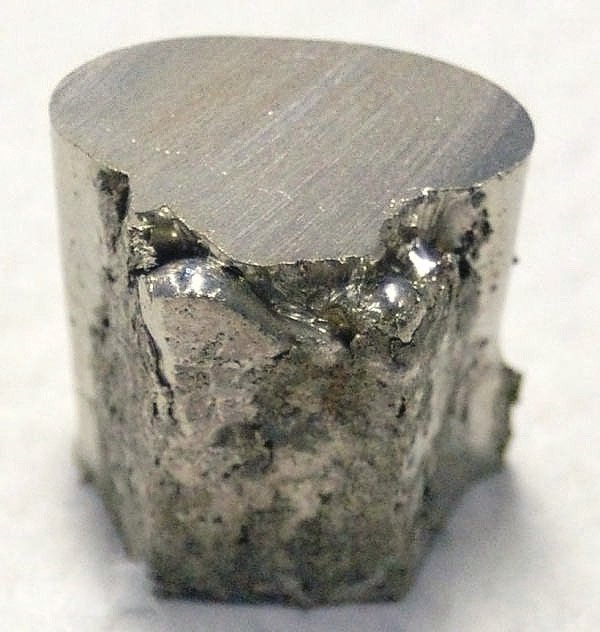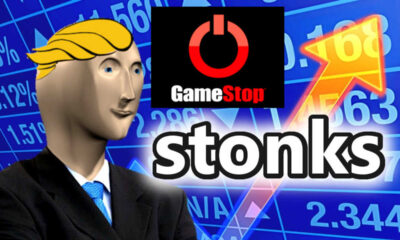Business
Nickel’s riveting saga in 2014
The demand for nickel is growing, but the supply is dwindling. More so, the metal remains unpredictable.

In the early months of 2014, Amur Minerals Corporation (OTC:AMMCF), a rather unknown, small company started to enjoy frequent mentions in various industrial metal and investment-centric websites. Publicly-listed and yet to obtain a pre-production license, the company, however surprising as it was, was obtaining a sizeable attention from market players and economists.
The small, Russia-based company’s discovery of the Kun-Manie Reserve was indeed promising. The projected production volume was so big that mining experts were already considering it among the largest nickel projects in the world. After every trading day, the company’s share price was often several percentages up, if not recovering from a mild price decrease the other day.
The logic behind the company’s sudden popularity is simple: the global nickel supply has gone into downward spiral, and Amur’s promising nickel discovery can make a substantial difference in the future. Now, investors are looking for something that could benefit them in the long run, while suppliers are simply searching for a better alternative. It just so happens that companies like Amur Minerals fit the bill.
But, at the end of the day, the success of smaller nickel companies still revolves around the ever-riveting story of nickel.
The first month of 2014 was met by a press release from Indonesian Minister Jero Wacik saying that the Southeast Asian giant nickel producer would now prohibit unprocessed ore exports. This included nickel, an important component of the industrial segment. Steel companies reacted, but investors rejoiced. Nickel prices skyrocketed just days after the news.
The search had begun.
For nickel consumers, it was all about the search for a country that could fill in the gaping hole that Indonesia had left. For investors, however, it’s all about identifying the companies that promised to or could benefit from this ban—share price-wise, at least. Steel companies saw it in the Philippines, the second largest ore producer in the world, while investors chose to risk on smaller but promising nickel producers.
Nickel is the best performing base metal of 2014. That year, it was almost unshakeable. Economists and analysts even turned their backs on Dr. Copper and began using nickel as another, if not the new, barometer for global health indicator. The demand for nickel continued to grow, as developing economies like China and India, and ultra-progressive ones like the US and Japan, were all hungry for nickel.
However, the supply segment was ailing, as it is the case now. The laterite nickel ore supply from the Philippines was not enough to meet the global demand. A global supply shortage in 2015 was predicted, and everyone hoped that nickel’s story would be nothing but continued glory.

Chunk of nickel. (Photo by Materialscientist via Wikimedia Commons. CC BY-SA 3.0)
It is the other way around.
China is now experiencing economic slowdown. Investors worry over lacklustre consumption from the stainless steel sector, the main source of global demand. Add to this the improving US dollar rates and record inventories on the London Metal Exchange (LME), ongoing crises in the EU region, as well as recovering oil prices—all continuously pulling nickel prices down.
Now, experts are divided on the future of nickel. There’s a faction believing that everything will be alright like what happened in 2014, when nickel surprisingly recovered from previous year’s losses and became the most important entity in the segment. Some are saying that the nickel supply deficit will be the base metal’s secret weapon, as it will bring nickel back to the consciousness of investors as soon as supply gets shakier than ever.
But there are also those who are doubtful of the supposed deficit’s capacity to give nickel a continued bull market rally through the remaining months of the year.
The second quarter has started, which the experts marked as the beginning of the feared global deficit, yet nickel’s still suffering and recording all-time lows.
But maybe Andy Home is right—investors just have to wait. The industrial segment can’t live without nickel. Sooner or later, the demand will influence the supply, and, eventually, the prices.
And what’s making the nickel story riveting is its unpredictability.
—
This article may include forward-looking statements. These forward-looking statements generally are identified by the words “believe,” “project,” “estimate,” “become,” “plan,” “will,” and similar expressions. These forward-looking statements involve known and unknown risks as well as uncertainties, including those discussed in the following cautionary statements and elsewhere in this article and on this site. Although the Company may believe that its expectations are based on reasonable assumptions, the actual results that the Company may achieve may differ materially from any forward-looking statements, which reflect the opinions of the management of the Company only as of the date hereof. Additionally, please make sure to read these important disclosures.

-

 Africa2 weeks ago
Africa2 weeks agoMorocco Charts a Citizen-Centered Path for Ethical and Inclusive AI
-

 Africa7 hours ago
Africa7 hours agoSurging Expenditures Widen Morocco’s Budget Deficit Despite Revenue Growth
-

 Markets1 week ago
Markets1 week agoSoybean Market Reacts to Trade Hopes, High Stocks, and Global Price Pressure
-

 Cannabis4 days ago
Cannabis4 days agoSwitzerland Advances Cannabis Legalization with Public Health Focus
























